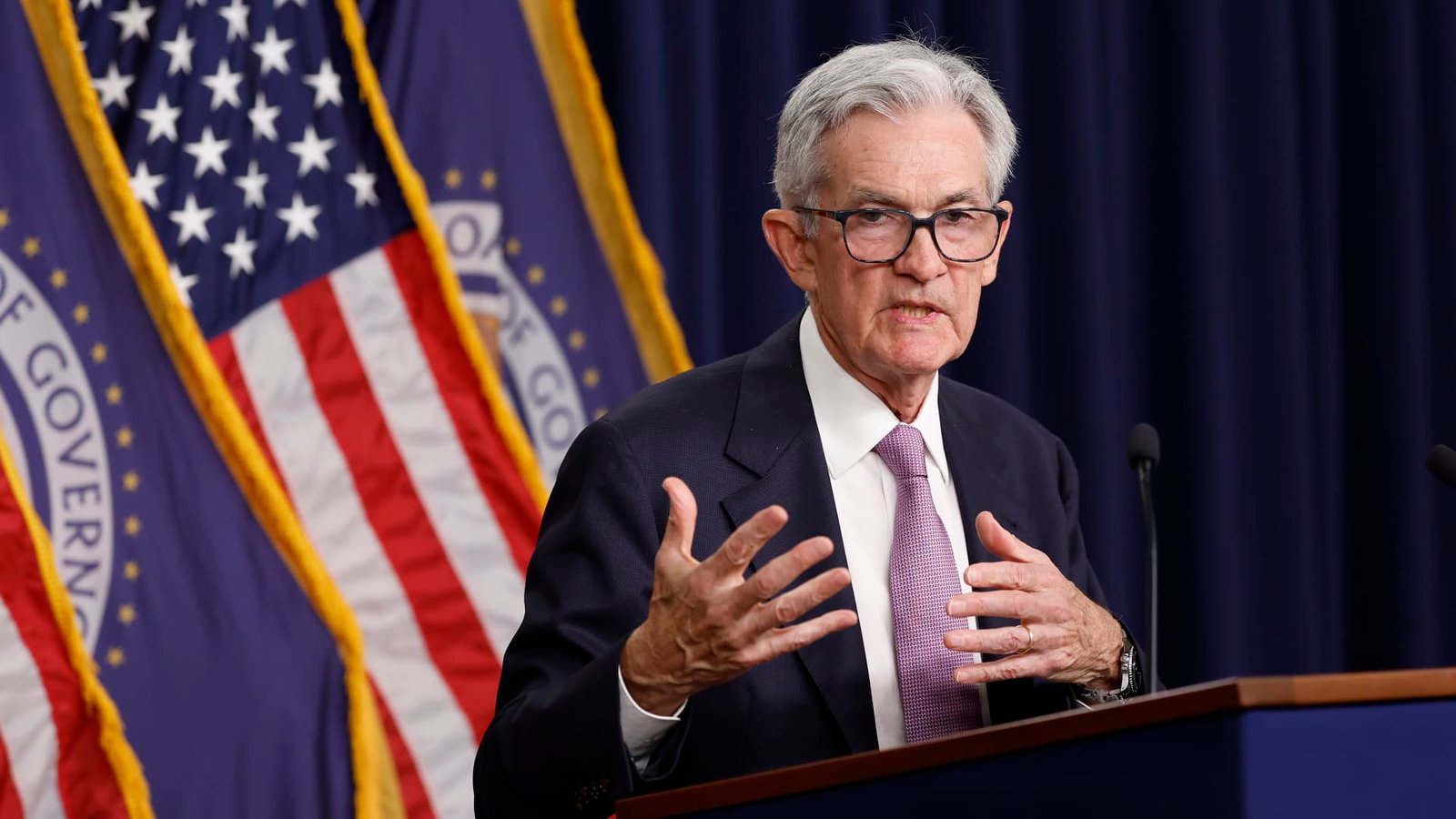WASHINGTON — Federal Reserve officials agreed at their September meeting to cut interest rates but weren’t sure how aggressive they would be, ultimately deciding to take a half-percentage-point step in an attempt to balance confidence in inflation with concerns about the labor market, according to meeting minutes released on Wednesday. .
The meeting summary explained the reasons that prompted policymakers to agree to a significant 50 basis point cut in interest rates for the first time in more than four years, and showed that members were divided on the economic outlook.
Some officials had hoped for a smaller cut of a quarter of a percentage point as they sought assurances that inflation was moving sustainably lower and were less concerned about the jobs picture.
Ultimately, only one of the FOMC members, Governor Michelle Bowman, voted against a half-point cut, saying she would have preferred a quarter-point. But others also favor a smaller move, the minutes noted. This was the first time that a conservative opposed an interest rate vote since 2005 for the Fed, which is known for its unity on monetary policy.
“Some participants noted that they would have preferred to lower the target range by 25 basis points at this meeting, and a few other participants indicated that they would have supported such a decision,” the minutes stated.
“Several participants indicated that a 25 basis point reduction would be in line with a gradual path to policy normalization that would allow policymakers time to assess the degree of policy restrictiveness as the economy develops,” the document added. “A few participants also added that a 25 basis point move could indicate a more predictable path to policy normalization.”
Markets moved little after the release, with the major averages continuing to make significant gains.
Since the meeting, economic indicators have shown that the labor market may be stronger than expected by officials who favored a 50 basis point move.
In September, nonfarm payrolls rose by 254,000 jobs, much more than expected, while the unemployment rate fell to 4.1%.
The data helped bolster expectations that although the Fed is likely in the early days of an easing cycle, future cuts will likely not be as aggressive as the September move. Federal Reserve Chairman Jerome Powell and other Fed officials have in recent days supported the expected 50 basis points of cuts by the end of 2024 as shown in the informal “dotplot” forecast released after the September meeting.
The minutes indicated that the vote on the 50 basis point reduction came “in light of progress on the level of inflation and the balance of risks” facing the labor market. The minutes indicated that a “large majority of participants” favored the larger step, without specifying the number of opponents. The term “participants” refers to the participation of the entire FOMC rather than just the twelve electors.
The minutes also indicated that some members favored a reduction at the July meeting which never materialized.
Although the document was more detailed about the debate over whether to approve a 25 basis point cut, there was not much information about why voters would support the larger move.
In his post-meeting press conference, Powell used the term “recalibration” to summarize the cutback decision, and the term also appears in the meeting minutes.
“Participants stressed that it is important to note that the recalibration of the policy stance at this meeting should not be interpreted as evidence of a less positive economic outlook or as an indication that the pace of policy easing will be faster than participants assessed. “The appropriate path,” the minutes said.
This recalibration would bring policy “better aligned with recent indicators of inflation and the labor market.” Supporters of the 50 basis point cut also stressed that such a move would help maintain the strength of the economy and labor market while continuing to consolidate progress on inflation, and would reflect the balance of risks.
Under normal circumstances, the Fed prefers to cut in quarter-point increments. Previously, the central bank moved only half a point during the Covid crisis and, before that, the 2008 financial crisis.
Market prices place the federal funds rate ending in 2025 in a range of 3.25%-3.5%, which is in line with the average forecast for a rate of 3.4%, according to CME Group’s FedWatch. Futures markets had previously indicated a more aggressive path, and in fact are now pricing in about a 1 in 5 chance of the Fed not cutting interest rates at its November 6-7 meeting.
But the bond market was behaving differently. Since the Fed meeting, 10-year and 2-year Treasury yields have risen by about 40 basis points.











